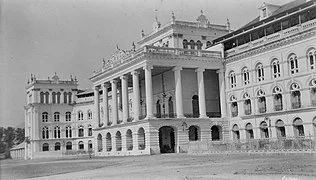The evening began with a celebration of the upcoming wedding of Crown Prince Dipendra. However, the mood shifted dramatically as the prince became involved in a heated argument with his parents over his choice of bride. According to various accounts, Dipendra sought approval for his love interest, which his parents vehemently opposed. In a fit of anger, he allegedly opened fire on family members gathered at the event.
The massacre resulted in the deaths of ten royals, including King Birendra and Queen Aishwarya. Dipendra fell into a coma after shooting himself, and his younger brother, Gyanendra, was declared king shortly afterward. This sudden change in leadership shocked the nation and raised questions about the stability of the monarchy.
Speculations and Conspiracy Theories
In the aftermath, numerous theories emerged. Some believe that the incident was a result of a conspiracy orchestrated by political factions wanting to destabilize the monarchy. Others speculate about mental health issues or the influence of drugs on Dipendra. The government conducted investigations, but no conclusive evidence supported any particular theory, leaving the nation in a state of uncertainty.
The Legacy of the Massacre
The royal massacre had profound implications for Nepal. The event eroded public trust in the monarchy and eventually contributed to the abolition of the centuries-old institution in 2008. Gyanendra’s reign faced increasing public dissent, culminating in the declaration of Nepal as a federal democratic republic. Today, the events of June 1 remain a haunting chapter in the nation’s history, reminding Nepalese of the fragility of power and the unpredictable nature of human emotions.




